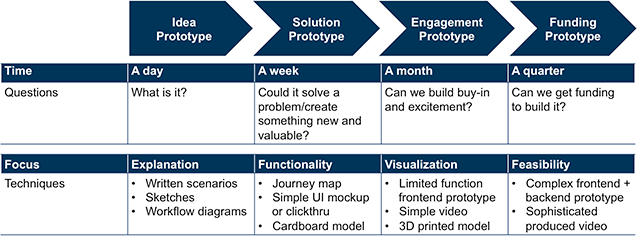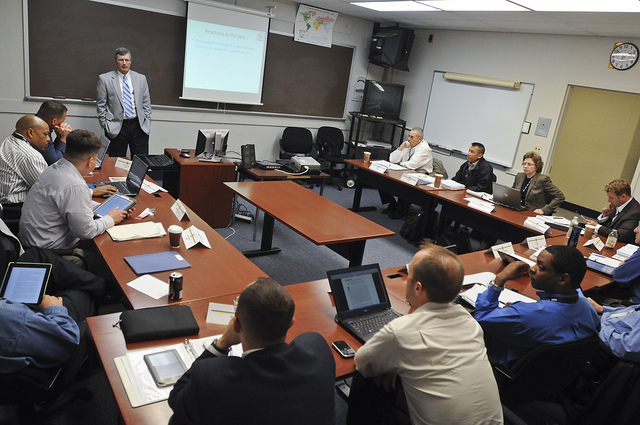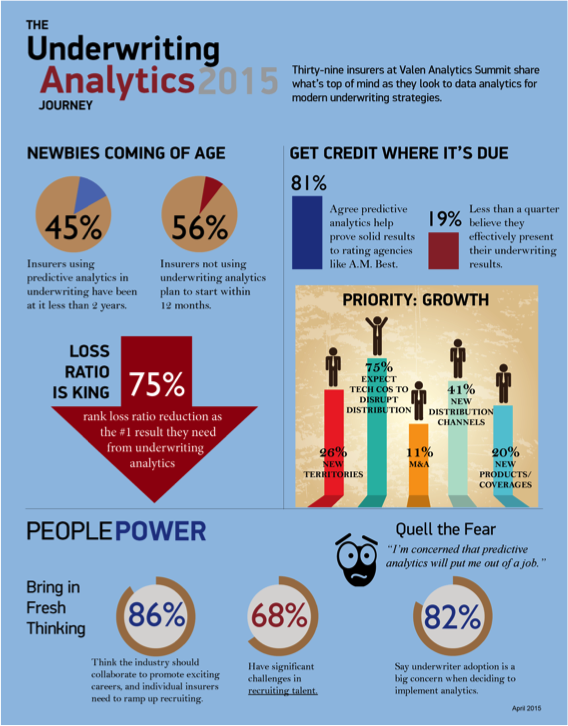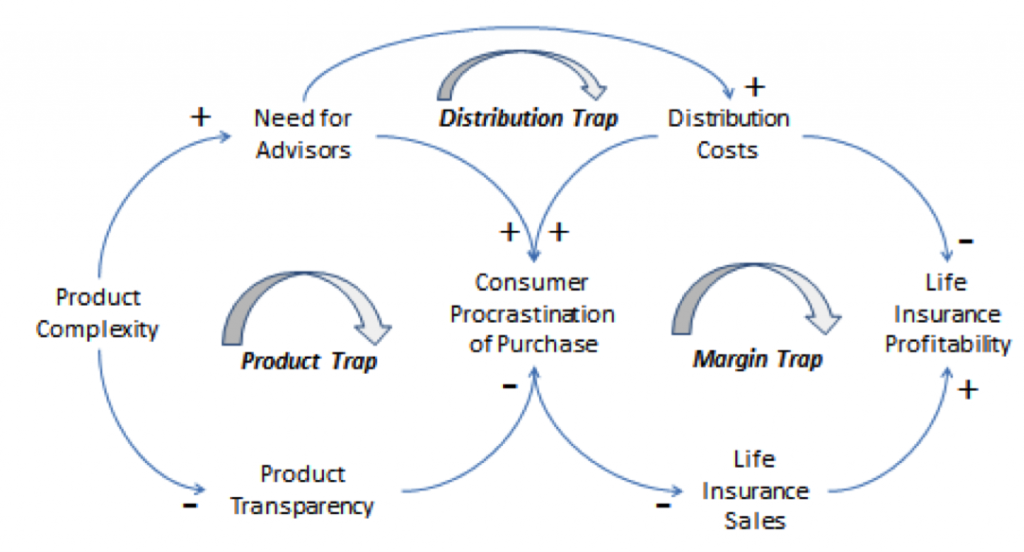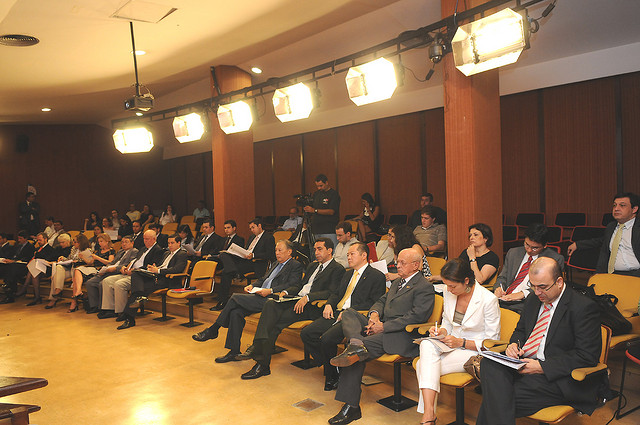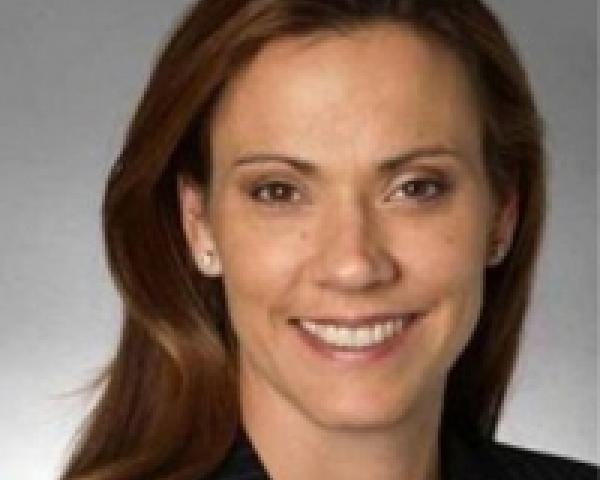I'm a long-time advocate for leveraging prototypes and demos in the enterprise to explore ideas and emerging technologies. And, there's a particular reason. It's that precise moment during a prototype presentation when everything in the room changes. Eyes light up. People sit forward in their chairs. The conversation shifts from potential problems to possibilities. Executives become transfixed with ideas of transformation. The power of prototypes to persuade is undeniable.
The practice of prototyping has typically been isolated in certain pockets of the organization. However, as technology purchasing is distributed across the company, more executives can benefit from the prototype's ability to put an idea or technology into the context of the business. Through a prototype, a technology once considered the latest consumer fad turns into a vehicle to advance enterprise innovation. Prototypes make a big, amorphous idea personal, relatable and feasible.
I was recently onsite with a client who was keen on prototyping, and the first question I asked was: Why? Not because I was skeptical that prototyping would work. Understanding the why behind a prototype is imperative for picking the right prototype for your project. Different business drivers demand different types of prototypes, and prototypes often need to evolve as the lifecycle of the idea or technology matures. Prototypes are more than rough first productions of an object. Prototypes span the dimensions of physical, high-technology and digital and can take various forms; even a workflow diagram can be considered an early prototype.
For example, PwC used digital story telling via video to communicate our vision of the future of shopping as well as to portend the potential impact of wearables on the insurance industry. In this case, video was the most effective prototyping medium because the technology is already available in the marketplace. The impetus was more on inspiring executives to realize what is possible vs. testing the technology's capability or feasibility. By contrast, when a client asked us to explore the use of sensors for increasing business intelligence, we built a smart refrigerator to test the feasibility and usability of the technological components in physical form, given that the Internet of Things is a nascent technology. A particular area of focus was exploring the transmission of data via the cloud.
Challenges With Getting Started
As businesses expand their prototyping programs, they will face challenges. Here are some of the obstacles they will need to scale.
1) New Skills. Prototyping requires a combination of creative design skills and rapid iterative development skills. Most companies have yet to cultivate these skills. Our 6th annual Digital IQ survey of nearly 1,500 business and technology executives found that only 19% of respondents rated the IT's prototyping skills as "excellent."
2) New Prototyping Processes. Traditional business processes like building a business case and determining an ROI don't apply to prototyping. Businesses must find new ways to plan, fund and evaluate prototyping initiatives, such as the ability to identify the next new opportunity for growth, efficiency and effectiveness. How many ideas were generated, how many advanced to the next stage and how many ideas were taken to market?
3) A New Understanding. Executives need to understand why prototyping is vital in today's fast-paced business climate, and the word needs to spread like wildfire across the enterprise. The good news is that it only takes one prototype presentation to turn someone into a believer.
Technology is touching every aspect of our lives, and businesses must constantly explore ways to better engage customers, employees and suppliers. Technology is moving too fast for companies to wait until a vendor hands them the next version of their product or service. Prototyping is no longer reserved for a handful of companies that are considered the kings of creativity. It’s necessary for all companies.



